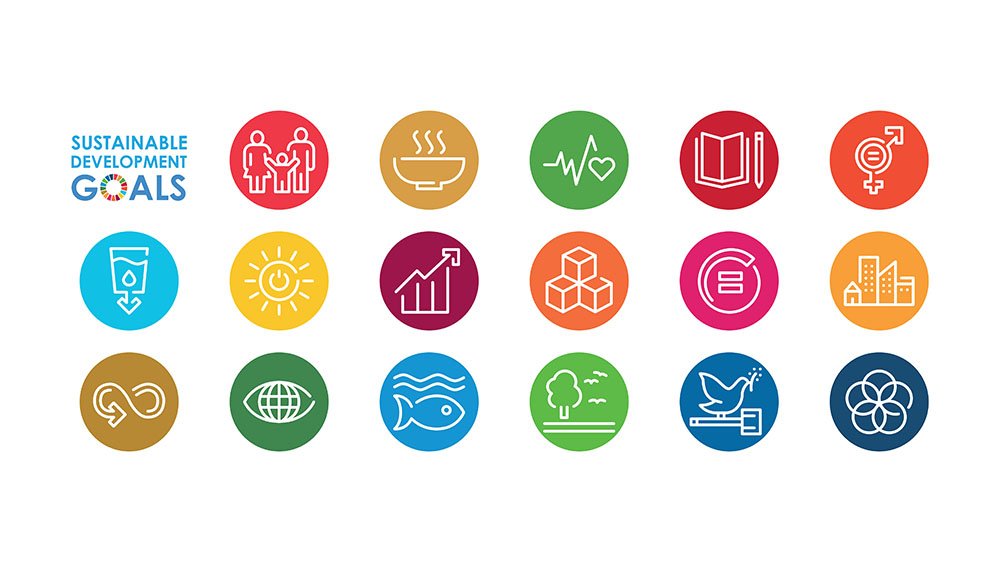The success of the 2030 Agenda for Sustainable Development will depend on effective collaboration between all relevant actors. Its success will also depend on our ability to bring the global commitment to the Agenda 2030 down to the local level, making the Sustainable Development Goals (SDGs) a reality in our cities, municipalities, and regions. In short, the “localisation” of the SDGs will be key, if we are to meet the development challenges set out in Agenda 2030.
The localisation of the SDGs should also be guided by the human rights values, principles and obligations that states have assumed under international, regional, and domestic legal systems. For this reason, it is key that human rights based approaches (HRBAs) are applied at all levels of SDG implementation, particularly in relation to vulnerable groups in society.
How does this project address SDG localisation and human rights?
During 2020-21, the Raoul Wallenberg Institute, the Norwegian Center for Human Rights (NCHR), Åland Islands Peace Institute, and Galaxy Fund have been carrying out a project on ‘SDG and human rights localisation’ processes in Sweden, Norway, the Åland Islands and North West Russia. It uses case studies from Oslo, Lund, St. Petersburg and Åland Islands.
The main focus of the project is to explore how local authorities and civil society organisations can cooperate in these processes, in particular regarding issues of social sustainability and inclusion of vulnerable groups (minorities, indigenous peoples, children, etc.). The project also deals with how the SDG localisation processes relate to human rights, in particular with regard to the application of HRBAs by local actors and the role that HRBAs can play in local SDG implementation.
What are the results of the project?
As part of the project activities, each partner organization has carried out a study on different cooperation models between local authorities, CSOs and other local stakeholders in their respective countries and regions, and how these models contribute to SDG and human rights implementation at local level.
In addition, the partner organisations have also developed a Research and Policy Brief that summarises the key research findings and provides a set of policy recommendations for continued support to the localisation of the SDG and human rights.
NCHR's analysis: the Norwegian case
The study of the NCHR analyses experiences of Norway’s efforts to implement the SDGs and human rights at the local government level in order to show both the challenges but also some partial successes in implementation.
Key legislation and policy frameworks, such as the Planning and Building Act 2008, for SDG and human rights implementation are identified, and various concrete examples of localisation models are analysed – both on regional and municipal level.
Two examples from Oslo City are illustrative:
These highlight both the benefits but also challenges in ensuring new models of city decision-making that reflect wider community participation, and also barriers to low cost housing. Both these challenges indicate the importance of building a local human rights agenda.
